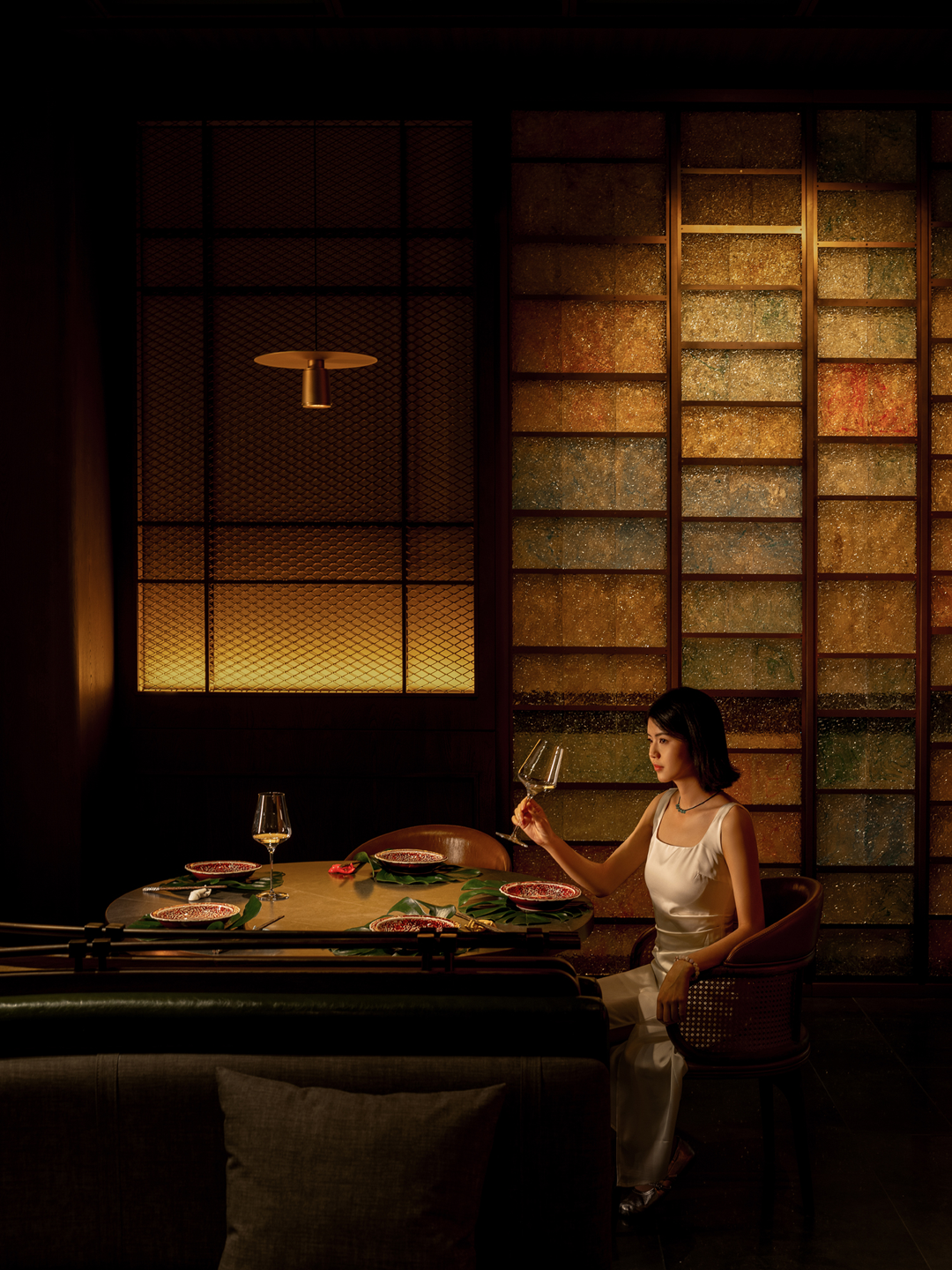Thornbury House: Low Cost Family Home Set within a Quiet, Inner-Suburban Context
2017-10-24 12:17
Architects: Bent Architecture Project: Thornbury House Location: Melbourne, Australia Size 176 m2 Photography: Tatjana Plitt
建筑师:Bent建筑项目:Thornbury House位置:澳大利亚墨尔本176平方米摄影:Tatjana Plitt
The Thornbury House is a low cost, compact family home set within a quiet, inner-suburban context. The design is underpinned by its playful roof form which references its surrounding context and is stretched and pulled to accommodate a double storey residence in what appears to be a single storey dwelling.
桑伯里住宅是一个低成本,紧凑的家庭住宅,设置在一个安静的,内郊区的环境。设计的基础是其有趣的屋顶形式,这是参照其周围的背景,并被拉伸和拉住,以容纳一个双层住宅,似乎是单层住宅。
As the client is studying part time whilst raising a child, they needed a space that they could retreat to whist retaining a connection with the living spaces. A courtyard was incorporated into the design to create a buffer between active and quiet spaces and allow northern light to penetrate deeper into the house. The study is physically separated from the living area but offers direct views to the living area through the courtyard, thereby facilitating passive observation of living area activity.
由于客户是兼职学习,同时抚养一个孩子,他们需要一个空间,他们可以退到惠斯特与生活空间保持联系。在设计中加入了一个庭院,在活跃的空间和安静的空间之间建立了一个缓冲,并允许北极光更深地渗透到房子里。该研究在物理上与居住区域分离,但通过庭院向居住区域提供直接的视图,从而促进对居住区活动的被动观察。
Large sliding doors from the living area establish a fluid connection with the outdoor spaces which are generously proportioned owing to efficient planning of internal spaces. Generous storage and concealed messy areas such as the butler’s pantry make for a house that is easy to live in. The design addresses and exceeds both the programmatic and aspirational components of the clients brief in every way- they remarked “It fits us like a glove”.
来自起居区的大型滑动门与室外空间建立了流体连接,由于内部空间的有效规划,户外空间的比例很大。宽敞的储藏室和隐蔽的杂乱无章的地方,如管家的储藏室,为一所很容易居住的房子创造了条件。该设计以每一种方式解决并超越了客户简要介绍的程序设计和期望组件-他们评论道:“它适合我们,就像手套一样。”
The project is firmly embedded in the scale, materiality and form of its context both in its overall expression and detailing. The building references and reinterprets the roof forms and lightweight cladding of adjoining properties. The pitched roof form is immediately recognisable as a distorted version of neighbouring roofs. Where adjacent properties employ cover strips to conceal cladding joints, the Thornbury house utilises hardwood battens that conceal joints in the cladding and add texture to the façade. The result is a house that is simultaneously referential and divergent from the prevailing street character.
该项目的规模,重要性和形式的上下文,在它的整体表现和详细。该建筑参考和重新解释屋顶形式和轻量级覆层的毗邻性质。倾斜屋顶的形状可以立即识别为邻近屋顶的扭曲版本。当相邻的房产使用覆盖条来隐藏熔覆接头时,桑伯里豪宅使用硬木板来隐藏包层中的接缝,并为外墙增加纹理。其结果是一所房子,它既是参考的,也是不同的流行街道特征。
Internally, the project draws on the courtyard typology which enhances the environmental performance of the house and ensures abundant light is delivered to all living spaces. The pitched roof volume which is generally utilised to accommodate upper level bedrooms is expressed internally over the living area offering a liberating shift in the scale of the space and a continuity between the internal and external expression of the house.
在内部,该项目借鉴庭院类型,提高了房子的环境性能,并确保充足的光线被传递到所有的居住空间。通常用来容纳上层卧室的倾斜屋顶体积在起居区域的内部表示,提供了空间规模的解放性变化,以及房屋内外表达之间的连续性。
The design of the Thornbury House is underpinned by principles of Solar Passive design. All living spaces are orientated to take full advantage of the site’s northerly aspect. The courtyard facilitates natural cross-ventilation through the living areas and master bedroom and ensures that sunlight penetrates deep into the house’s peripheral and circulation spaces. Ceiling fans have been installed in all rooms as an alternative to energy intensive air-conditioning units. All windows are double glazed with timber frames that offer optimal energy performance. Eaves have been carefully located to protect North-facing rooms from solar heat gain in the summer whilst facilitating solar access in the winter. The polished concrete floor also acts as a heat sink to capture and release solar heat during colder months. All of these design considerations culminate to create a building that is exceptionally energy efficient in its ongoing use.
桑伯里大厦的设计是以太阳能被动设计原则为基础的。所有的居住空间都被定位,以充分利用网站的北面。庭院方便自然交叉通风通过客厅和主卧室,并确保阳光深入到房子的周边和流通空间。所有房间都安装了吊扇,以替代能源密集的空调设备。所有的窗户都是双层玻璃的木框架,提供最佳的能源性能。屋檐已被仔细定位,以保护北面的房间在夏季不受太阳热量的增加,同时在冬季方便太阳能进入。抛光的混凝土地板也起到散热器的作用,在寒冷的几个月里捕捉和释放太阳热量。所有这些设计考虑的最终结果是创造了一座建筑,在其持续使用中具有极高的能源效率。
 举报
举报
别默默的看了,快登录帮我评论一下吧!:)
注册
登录
更多评论
相关文章
-

描边风设计中,最容易犯的8种问题分析
2018年走过了四分之一,LOGO设计趋势也清晰了LOGO设计
-

描边风设计中,最容易犯的8种问题分析
2018年走过了四分之一,LOGO设计趋势也清晰了LOGO设计
-

描边风设计中,最容易犯的8种问题分析
2018年走过了四分之一,LOGO设计趋势也清晰了LOGO设计












































